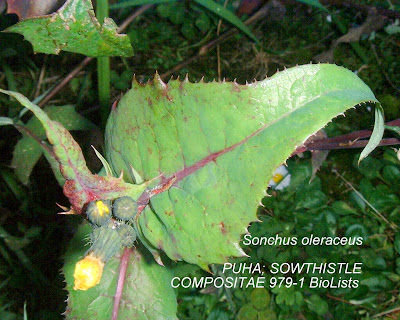There is at least two different places that neurogenesis occurs. These are described below:
Dentate gyrus. This section of the brain is part of the hippocampus. The hippocampus is show
 n as the blue section of the graphic. The dentate gyrus is involved in memory formation and the formation of new memories. Damage to this part of the brain can create Déjà vu.
n as the blue section of the graphic. The dentate gyrus is involved in memory formation and the formation of new memories. Damage to this part of the brain can create Déjà vu.Interestingly enough stress and depression can inhibit the neurogenesis that occurs. It is known when you are stressed about an examination you struggle to memorize material. I wonder if this is the explanation. Also antidepressants helps increase the neurogenesis in this area.
Preliminary studies have indicated that exercise can increase the neurogenesis in this area. I also find that when I go for a run my memories of the run can be very vivid, especially when I see or experience something new or unusual. I often have strong positive memories about how wonderful creation really is.
Preliminary studies also indicate that poor glucose control (diabetes) can impair neurogenesis. This might explain things like alzheimer's are high in the high sugar western diet. Also kids learning is difficult when they have taken in sugar. I wonder if it is due to the shut down of this neurogenesis. I have found it much easier to understand things when I have not had sugary food. When I am intensely focused on grappling with information I will avoid all sugar as this messes up with the understanding.

Subventricular zone. This is the area of the brain which runs down the "tunnel" in the middle of the brain. See the circle next to "LV" in the figure. It is still being explored what happens to the cells that are generated and where they go. What is known is that five types of cells are created:
Fluid creating/circulateing cells. These cycles circulate the fluid in which the brain sits, acting like a cushion holding and protecting the brain.
Another type of cell is created. It is thought that they migrate to the olfactory bulb which is the part of the brain that deals with smell. However evidence is conflicting on this.
"Type B" cell, which does stuff that is still be figured out (it's over my head), could be associated with brain repair.
"Type C" cell like above is over my head, and not altogether understood
It doesn't really surprise me that brain cells are made, because so many people peice their lives back togeather after a brain/head injury. People who are written off by the doctors come back to lead normal lives.
Figures: Thanks to Wikipedia
























